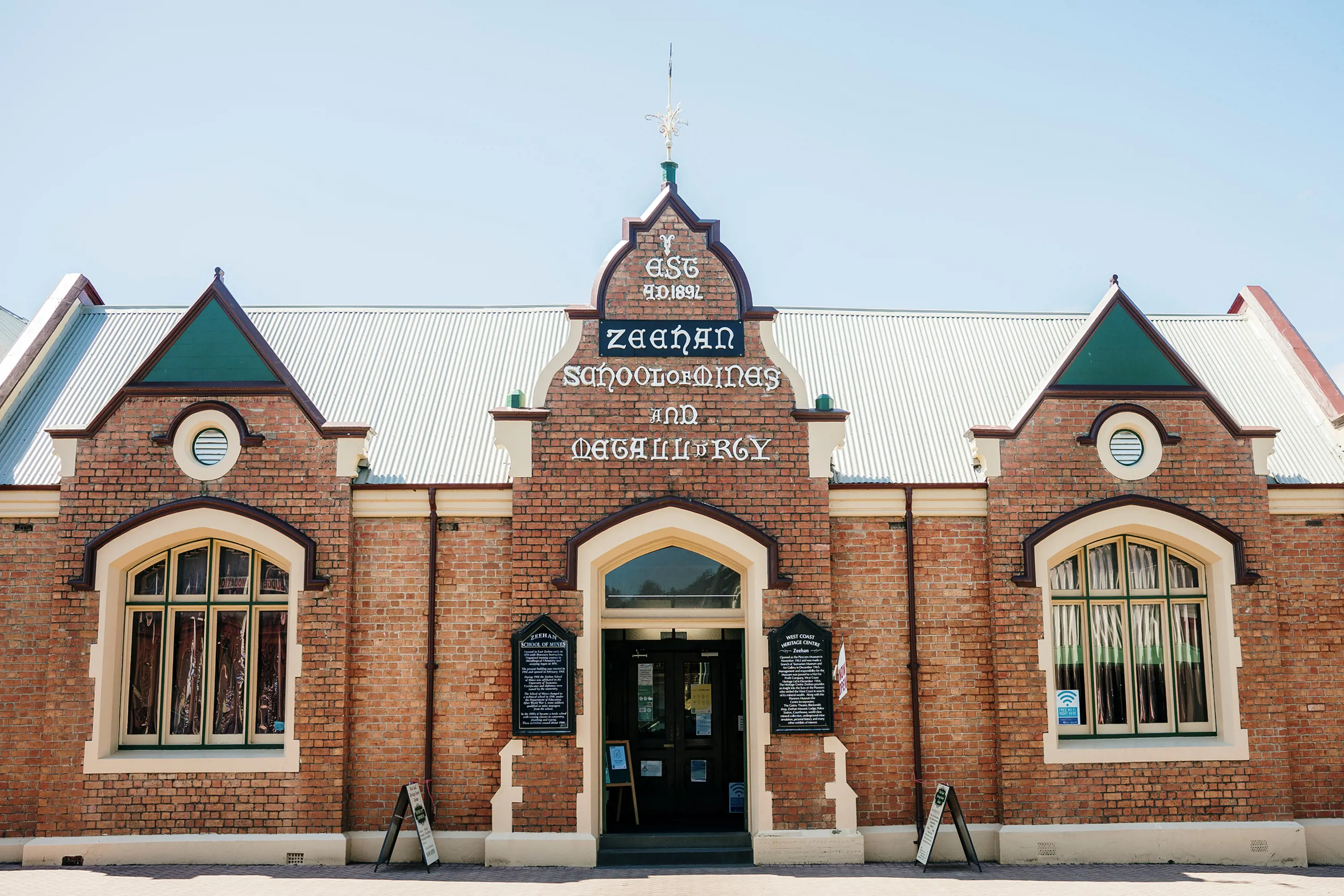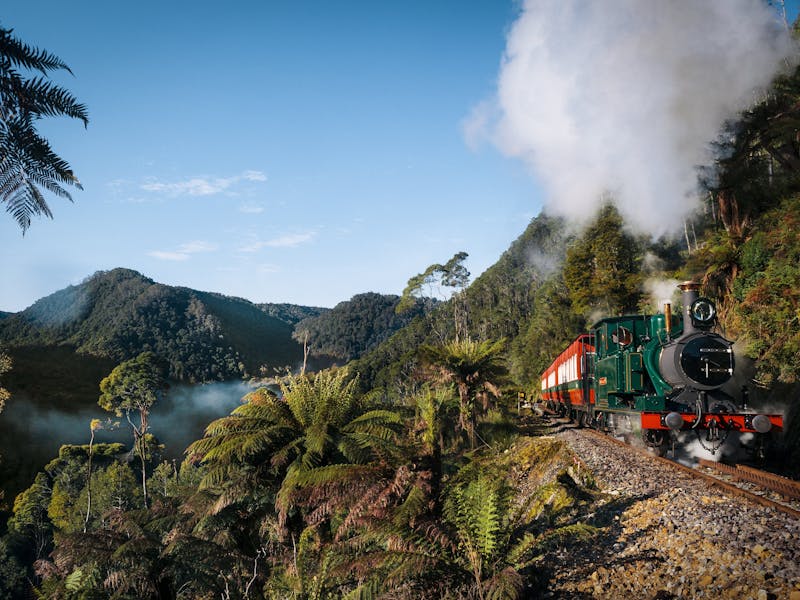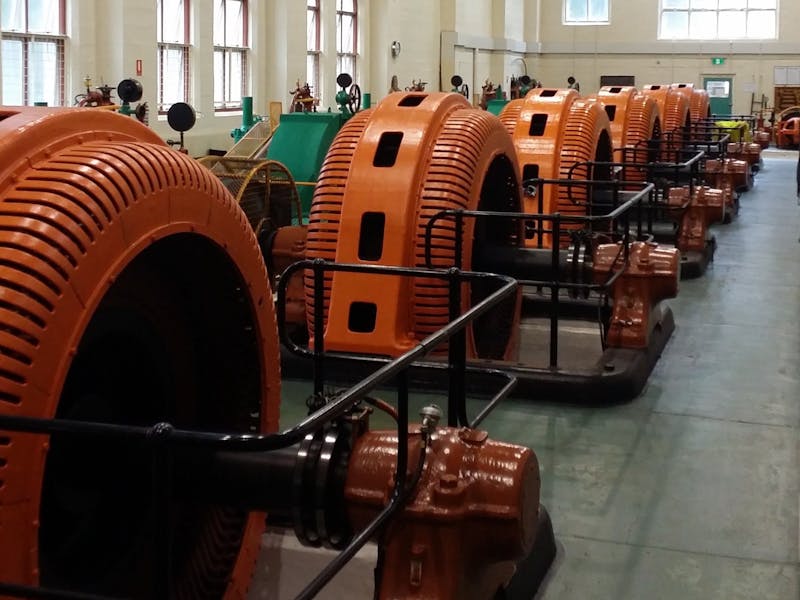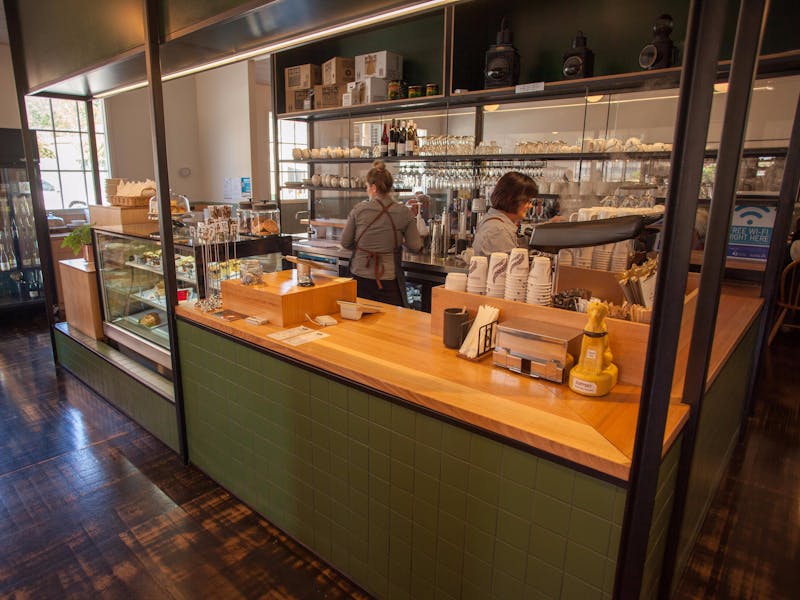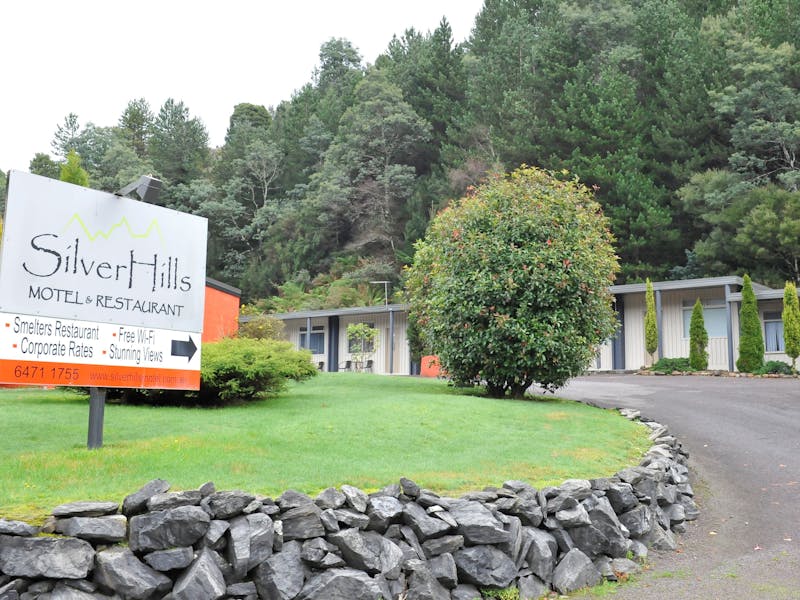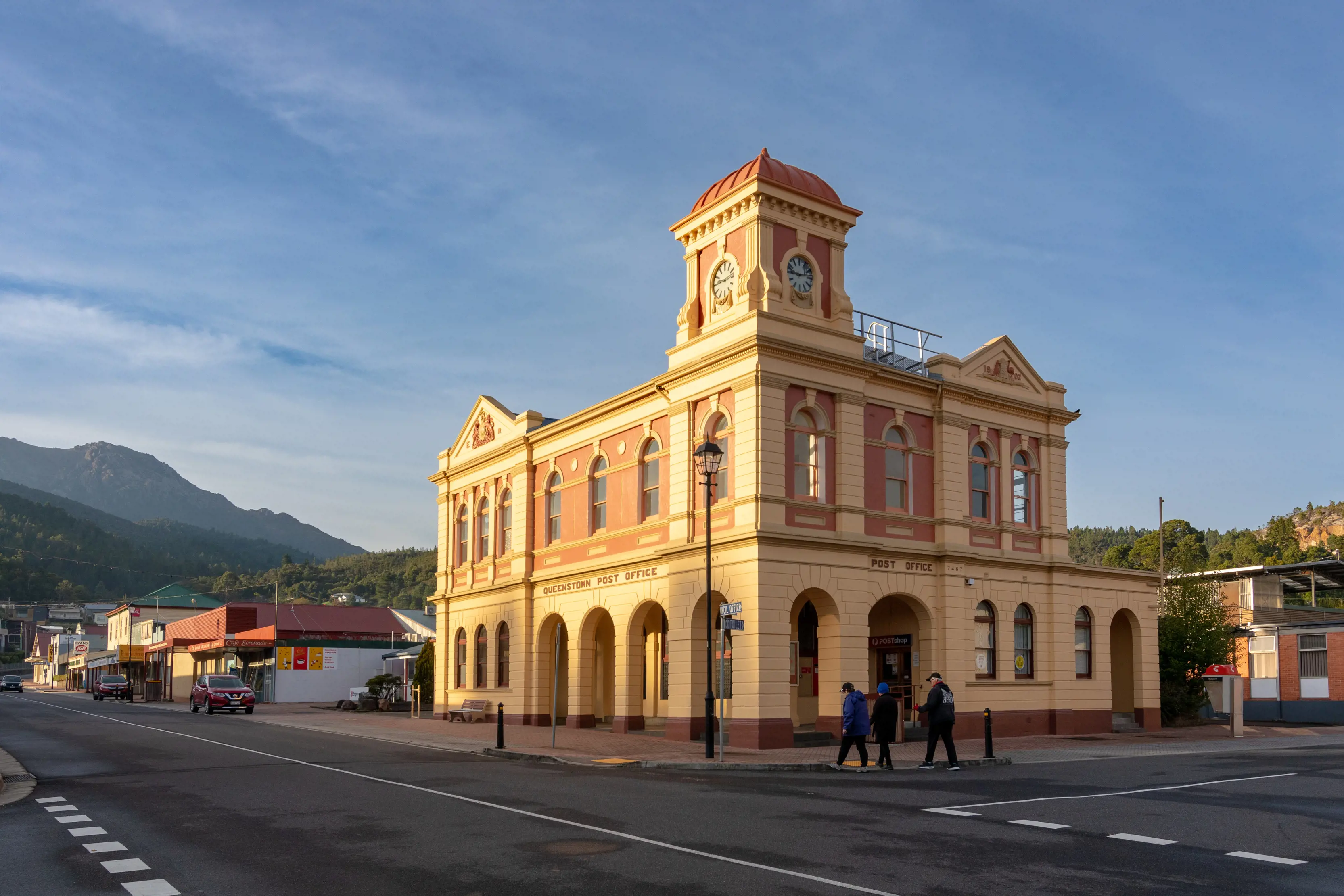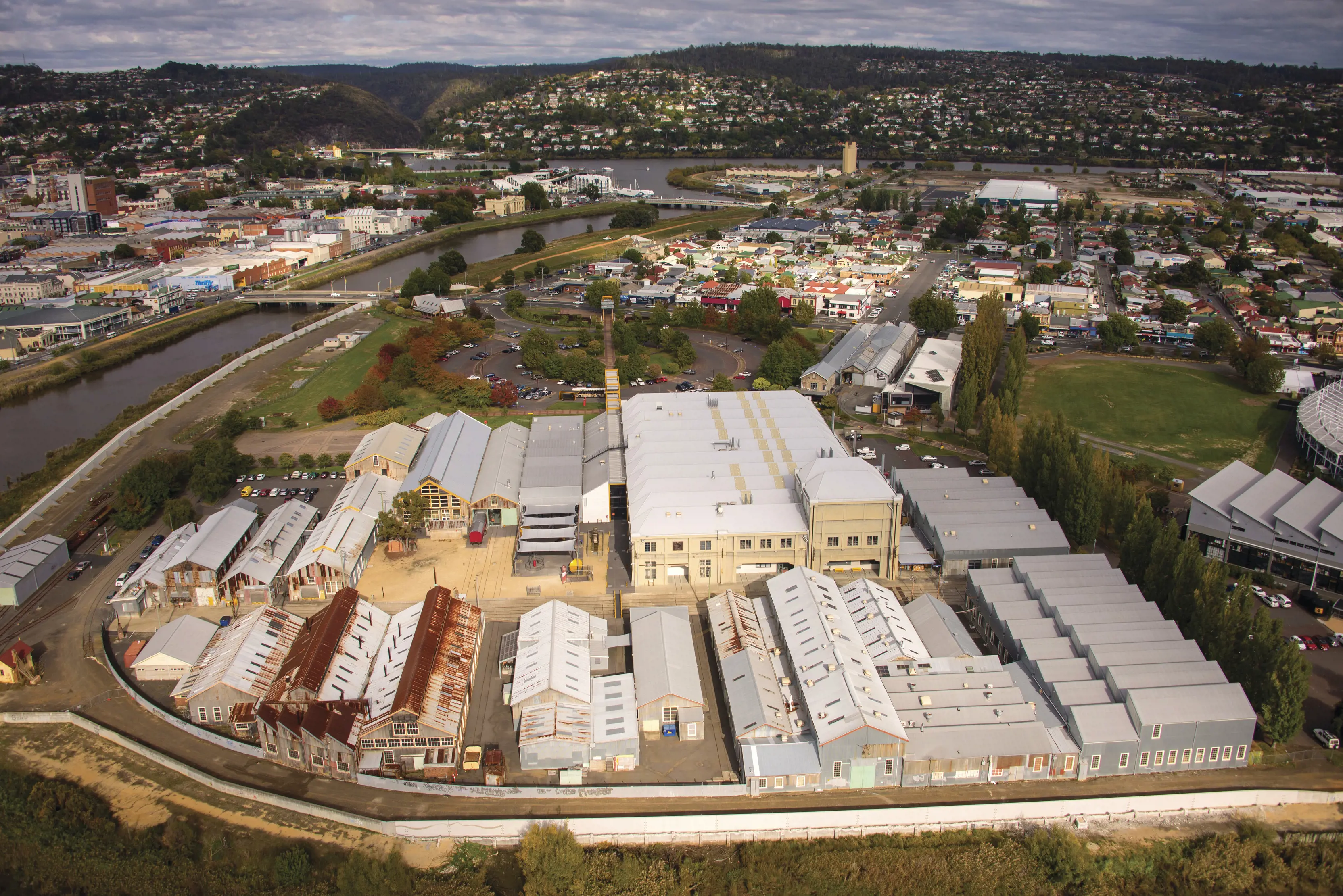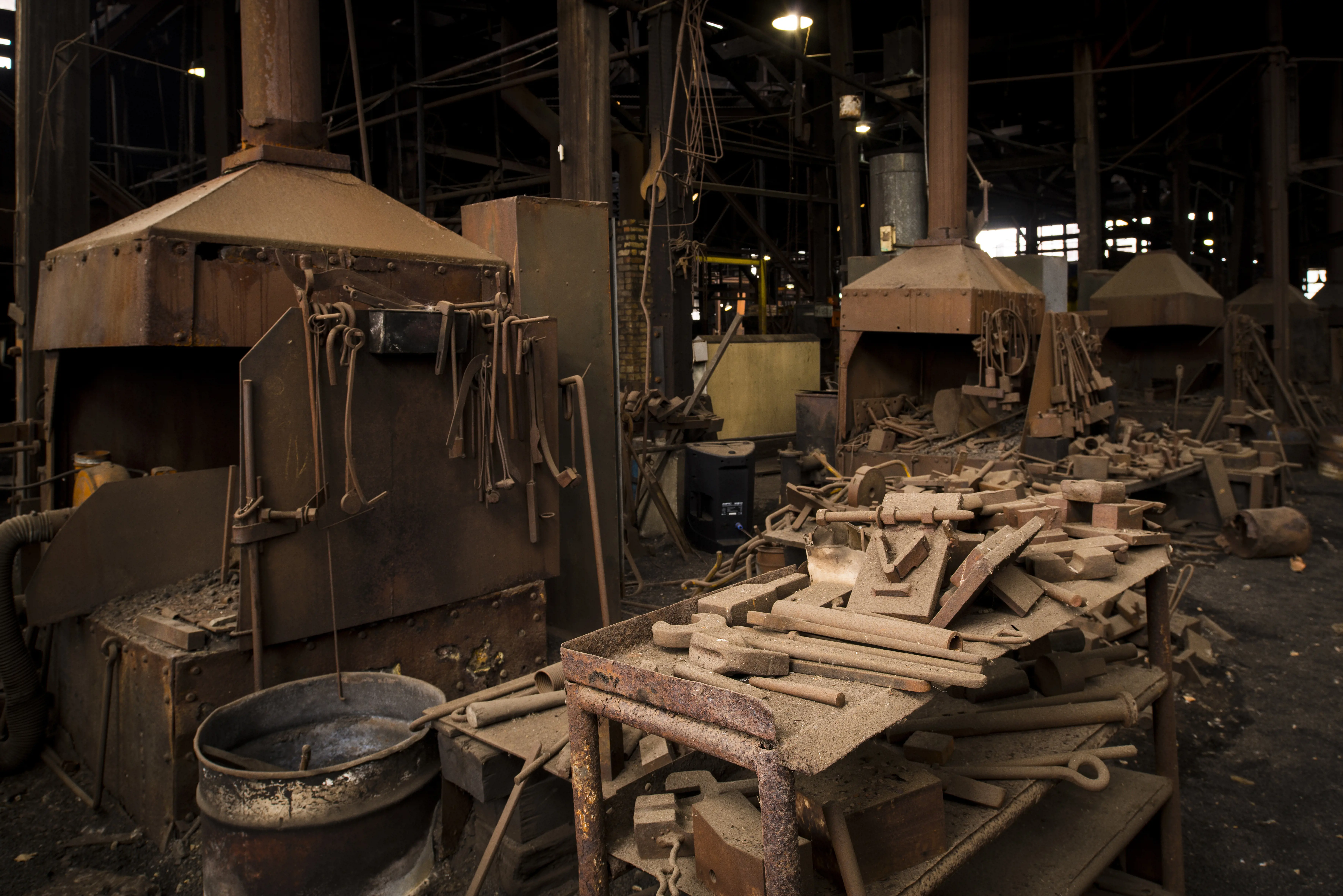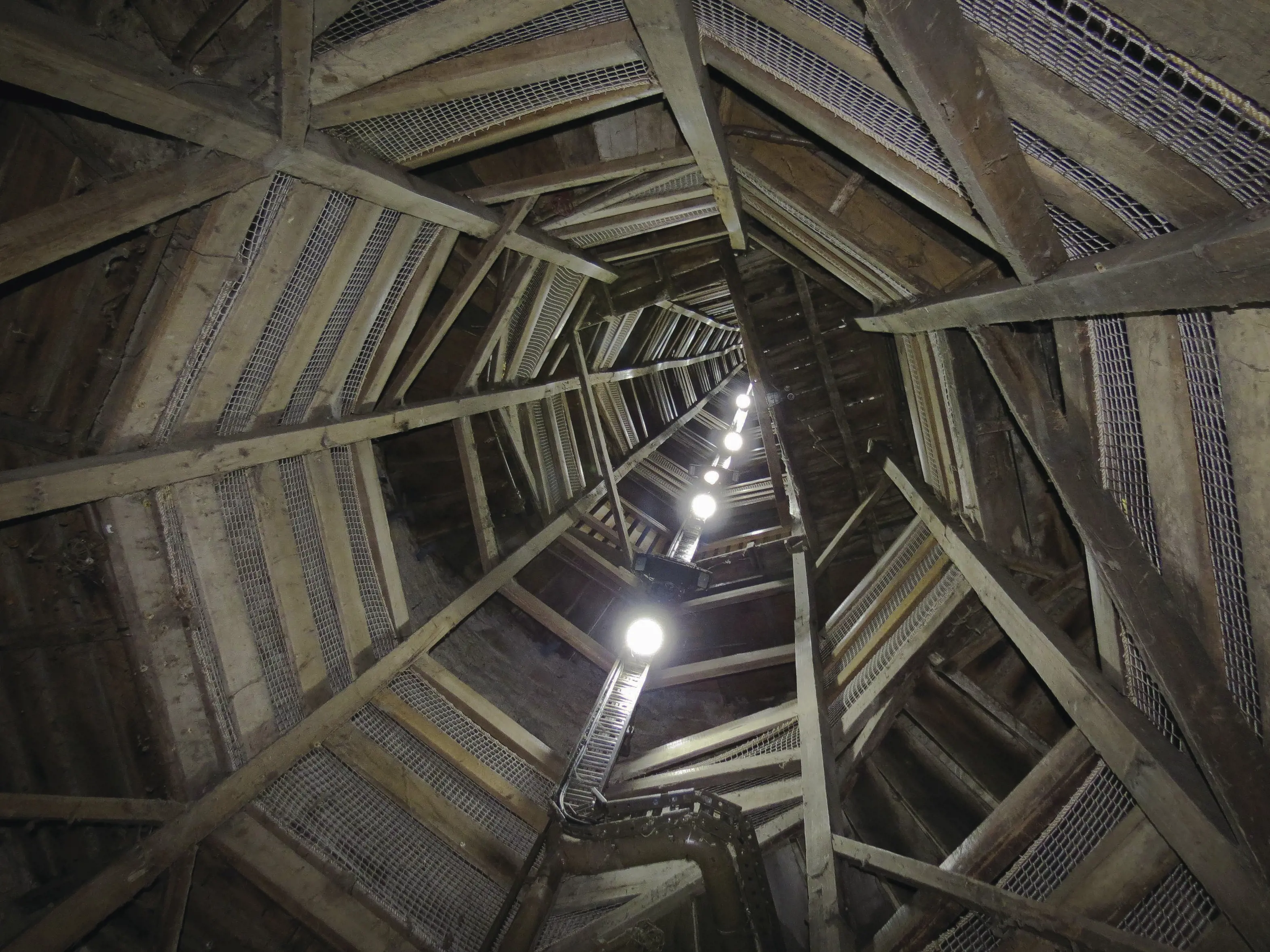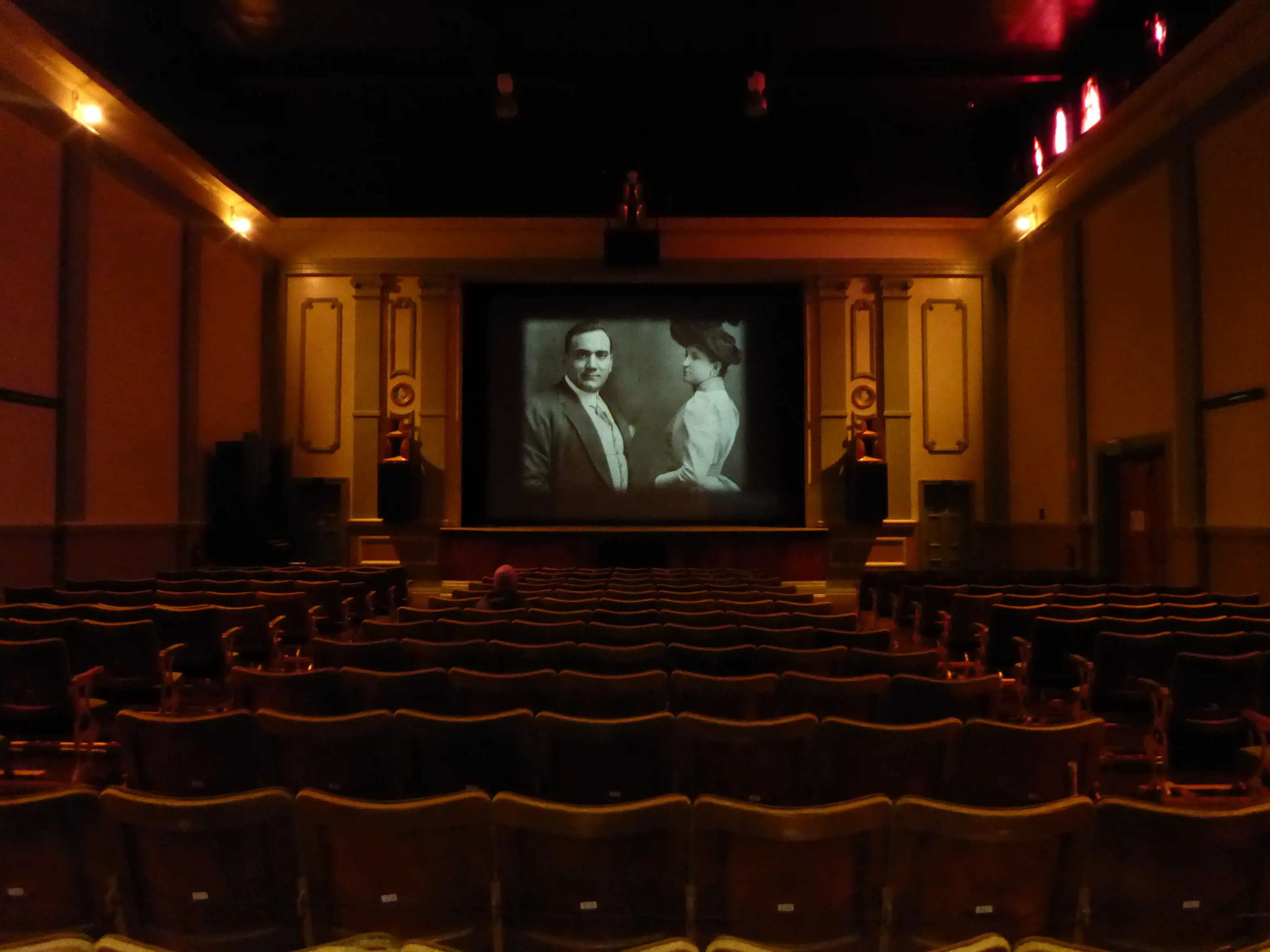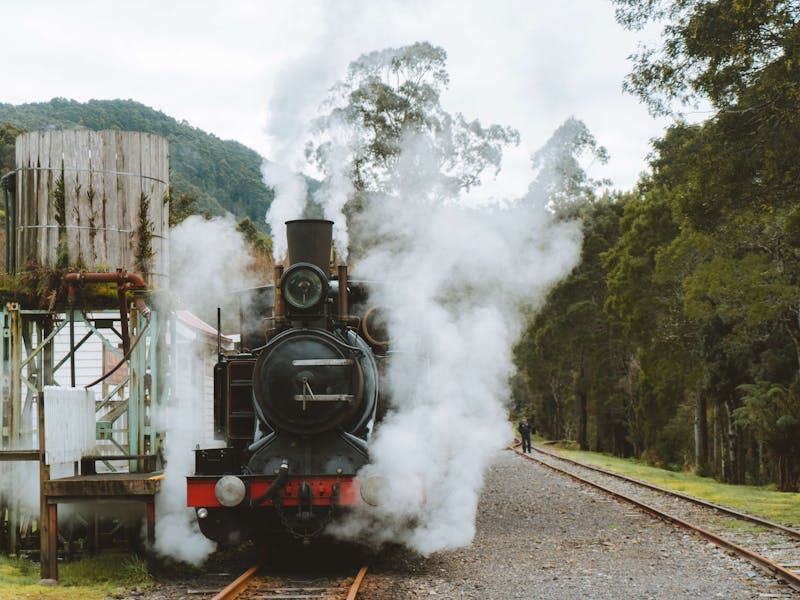
In Tasmania’s west-coast towns, the story of the island’s industrial fortunes is told in architecture.
Grand facades recall mining riches that flowed from the earth into these remote towns, when mining booms in gold, silver, copper, tin and zinc made Tasmania one of Australia’s wealthiest states by the late 19th century.
Evidence of this industrial legacy can be found in some of the most beautiful and isolated places on this coast, and beyond.
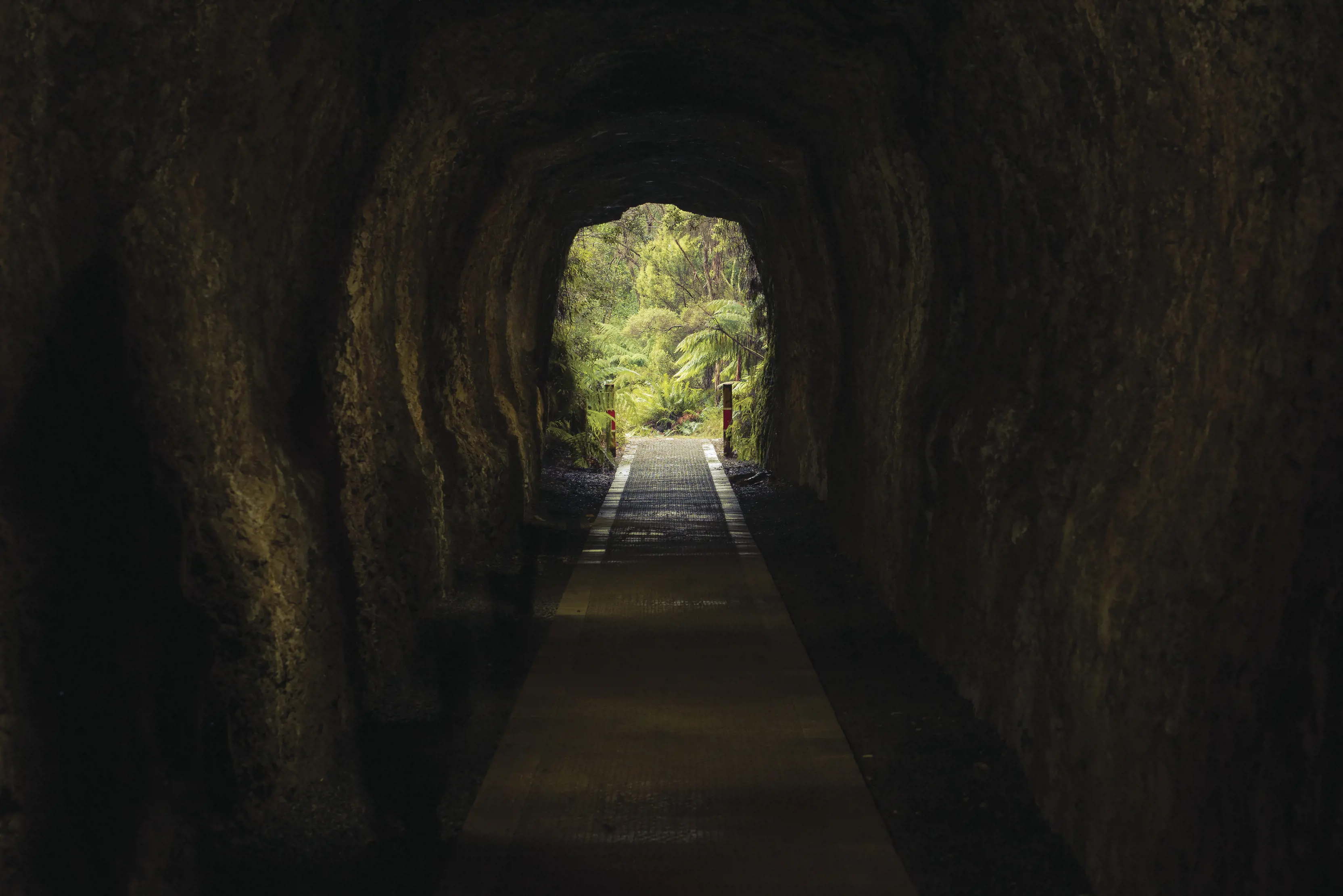
West is best
The discovery of tin deposits in 1871 at Mount Bischoff, near Waratah, attracted explorers, prospectors and track cutters from around the world to Tasmania's remote west.
The prospecting boom lasted for 30 years, when more than 20 major mine sites were established, generating enormous wealth.
Towns such as Zeehan, Rosebery and Queenstown emerged from the boom and became thriving industrial centres at the heart of Australia’s most prosperous mining region. Their railways, mines and processing plants are now long abandoned, but the legacy of those heady times remains in the elaborate architecture and pioneering spirit of west-coast communities.
Visit the West Coast Heritage Centre in Zeehan to relive mining’s glamorous heyday. The centre incorporates four historic buildings on the town’s main street, including 30 themed exhibition spaces. Displays include locomotives and mining machinery, a world-class mineral collection, pioneer women's gallery, and the original 2000-seat Gaiety Theatre, which still screens silent films.
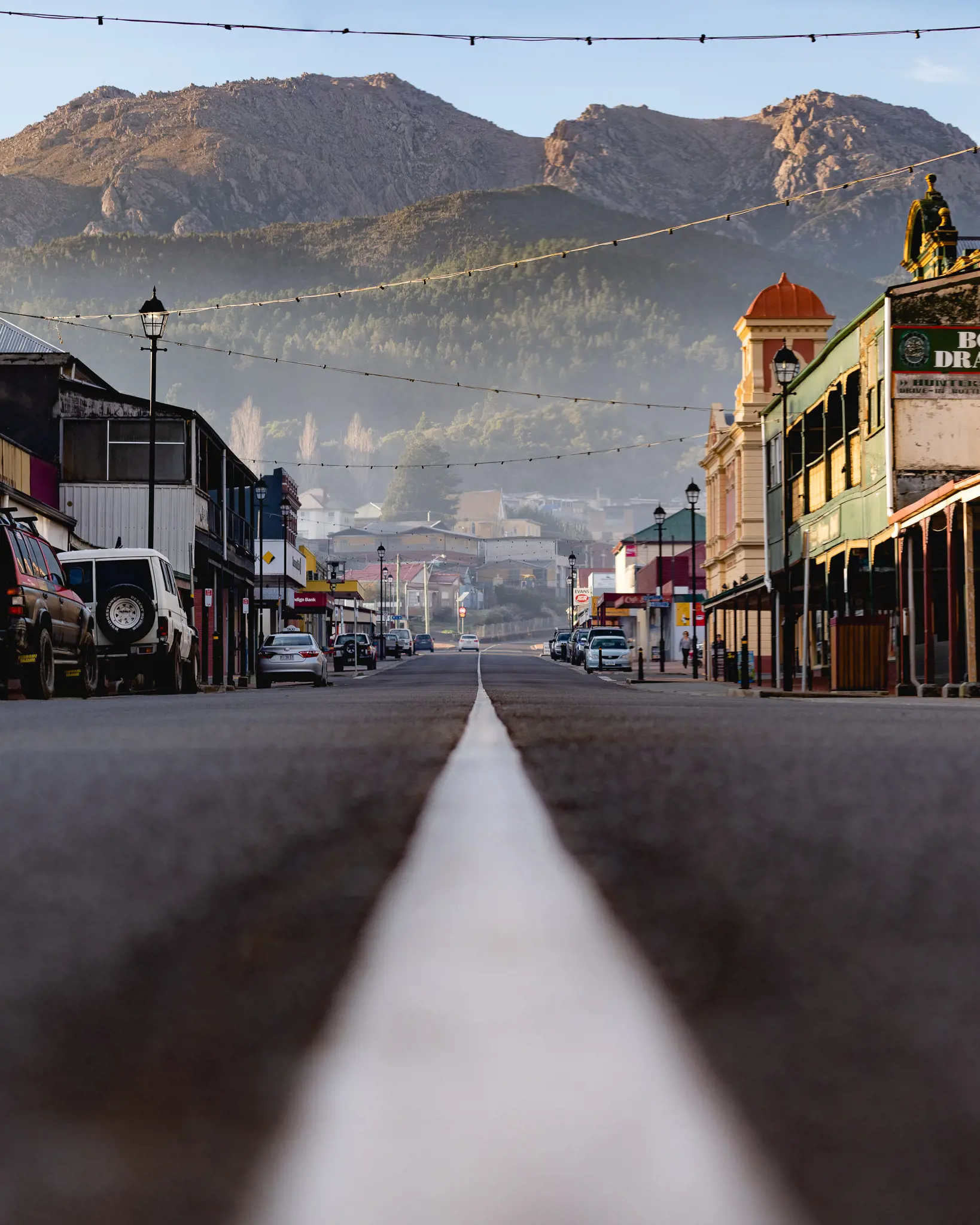
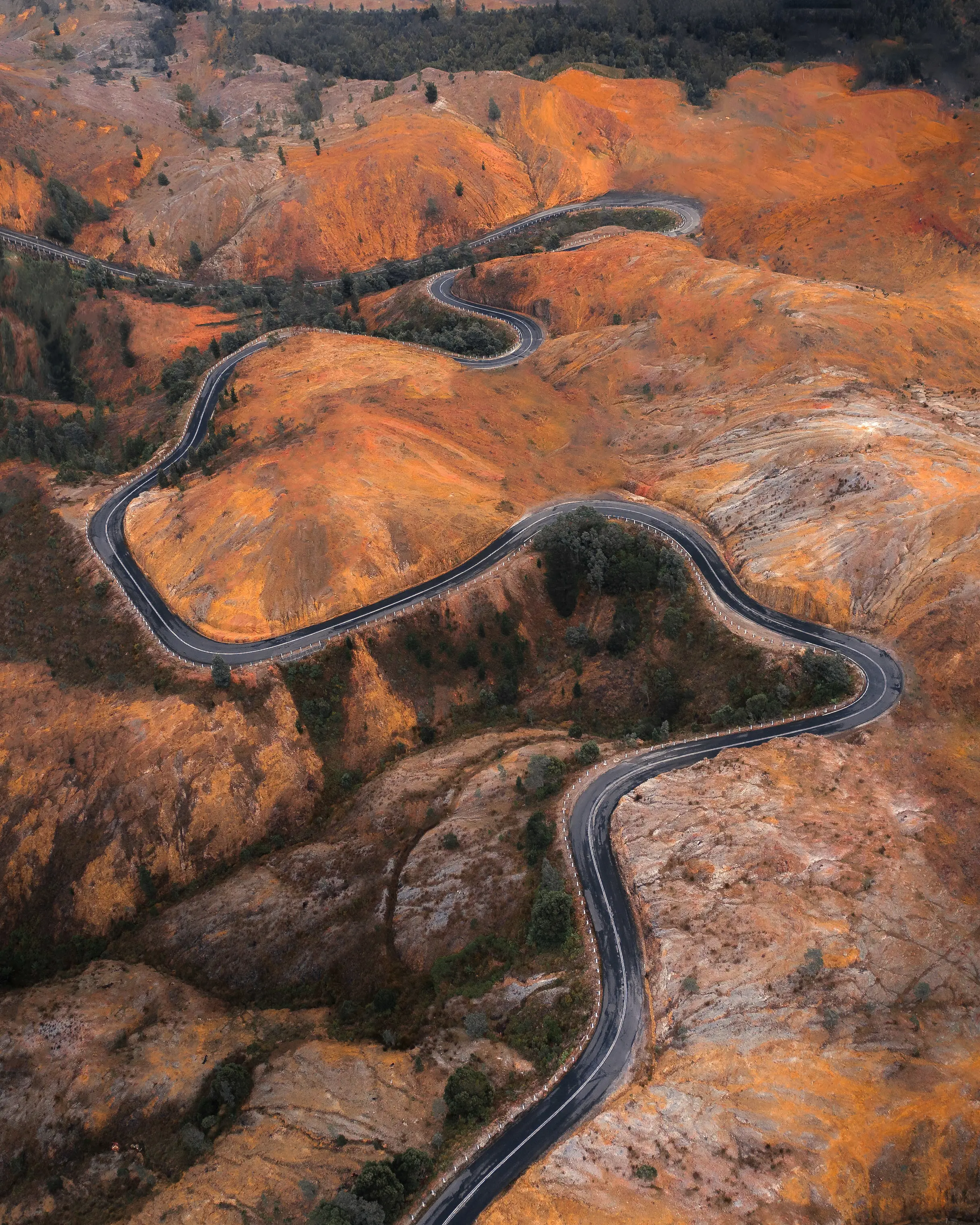
In nearby Rosebery, keep an eye out for the remains of the Hercules to Rosebery Aerial Ore Bucket Ropeway, an elaborate overhead device constructed to move massive quantities of pyrite-rich sulphide ore from the Hercules mine to the town.
Further south, Queenstown’s bare hills are a stark reminder of the town's long mining history. Gain deeper insight into this legacy during a ride on the West Coast Wilderness Railway, taking passengers on journeys into the west-coast rainforest, traversing some of the world’s most challenging and remote railway terrain. This is the only operating Abt rack-and-pinion railway in the Southern Hemisphere, a restoration of the original Mount Lyell Mining and Railway Company line that operated in the late 19th century.
For 50 years, this steam-powered railway was the only way to transport copper from the mine at Queenstown to the port of Strahan, for export around the world.
Hydro history
Tasmania was one of the first places in the world to build hydroelectric power stations. The island’s first large-scale facility was the Waddamana Power Station in the Central Highlands. Built in 1916, the station used wooden pipelines to transport water from Yingina / Great Lake to the turbines to generate power. Waddamana is now a fascinating museum, and the legacy of hydroelectric innovation lives on in Tasmania's comprehensive renewable-energy programs. See Waddamana and other heritage sites on the self-drive Highlands Power Trail.

Across the island
Tasmania's industrial heritage is evident across the state.
Hobart’s waterfront is lined with restored warehouses, and many historic homes and buildings were funded by proceeds from the early industries of whaling, mining, pining and wool growing.
The northern Hobart suburb of Moonah has Tasmania's oldest surviving apple cool store, built in 1912 to modernise the state’s apple industry. The Intercity Cycleway from Sullivans Cove to Claremont traces a railway line and passes interesting industrial heritage displays.
Hobart's southern suburb of Taroona is Australia's first shot tower, built in 1870 to make gunshot for muzzle-loading sports guns. After climbing the tower – counting the steps is a great game for kids – quench your thirst at Australia's oldest brewery, Cascade Brewery, which has been making beer since 1824.
In Launceston, the Queen Victoria Museum and Art Gallery’s Inveresk site was once Tasmania's railway workshops. Nearby, the first buildings on site at Launceston’s striking gasworks were constructed in 1860 from sandstone and locally produced brick.
Burnie's historic Paper Mill, known as 'the Pulp', operated from 1937 to 2010 and at its peak was one of the north-west town's biggest businesses. Follow the Pulp Paper Trail on the South Burnie foreshore for a deep-dive into the mill's compelling past.
Hidden dragon
In the island’s north-east, follow the Trail of the Tin Dragon to learn about Tasmania's tin-mining history and the Chinese and European miners who shaped the industry. Along the way, photogenic Little Blue Lake shines bright with the minerals released by tin mining.
